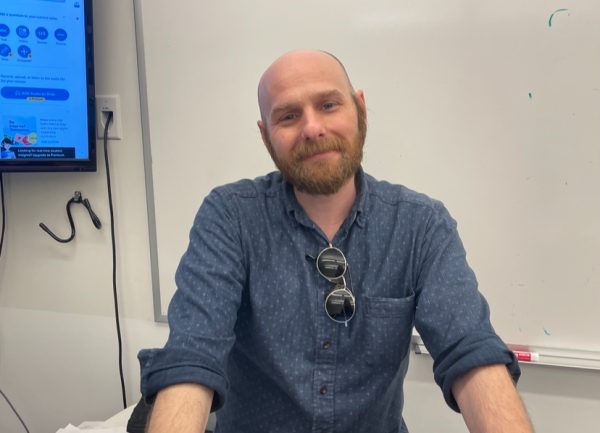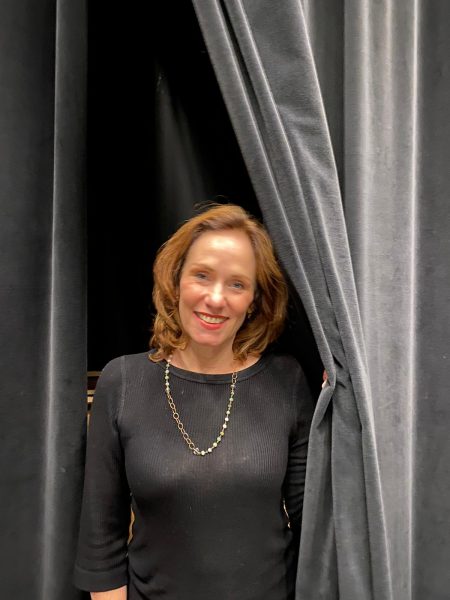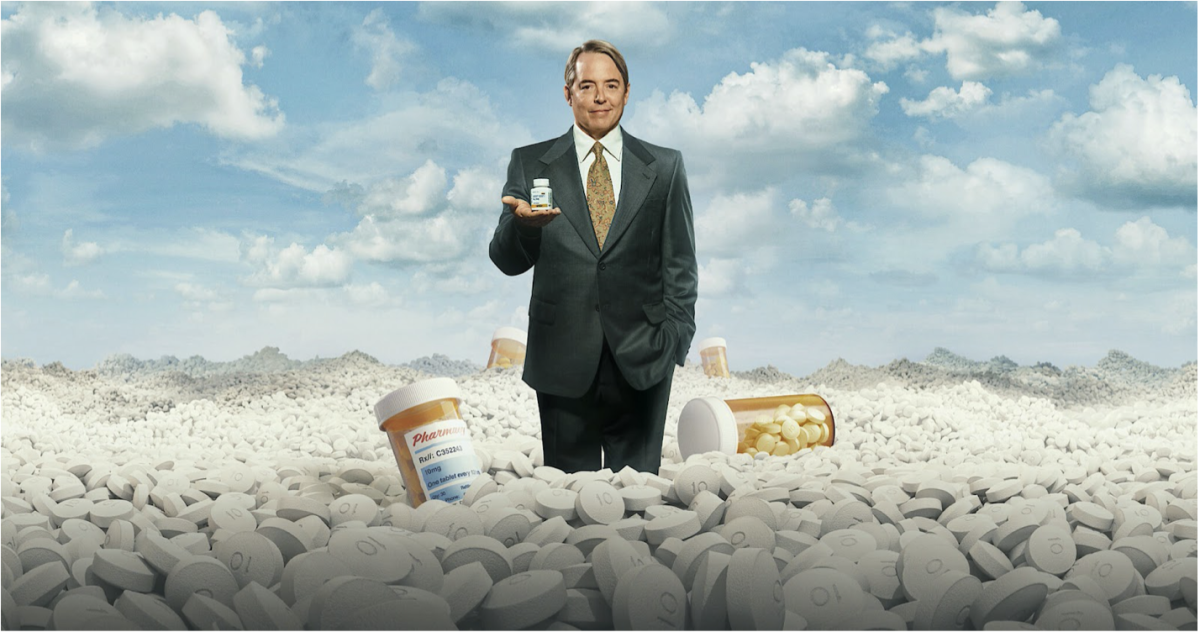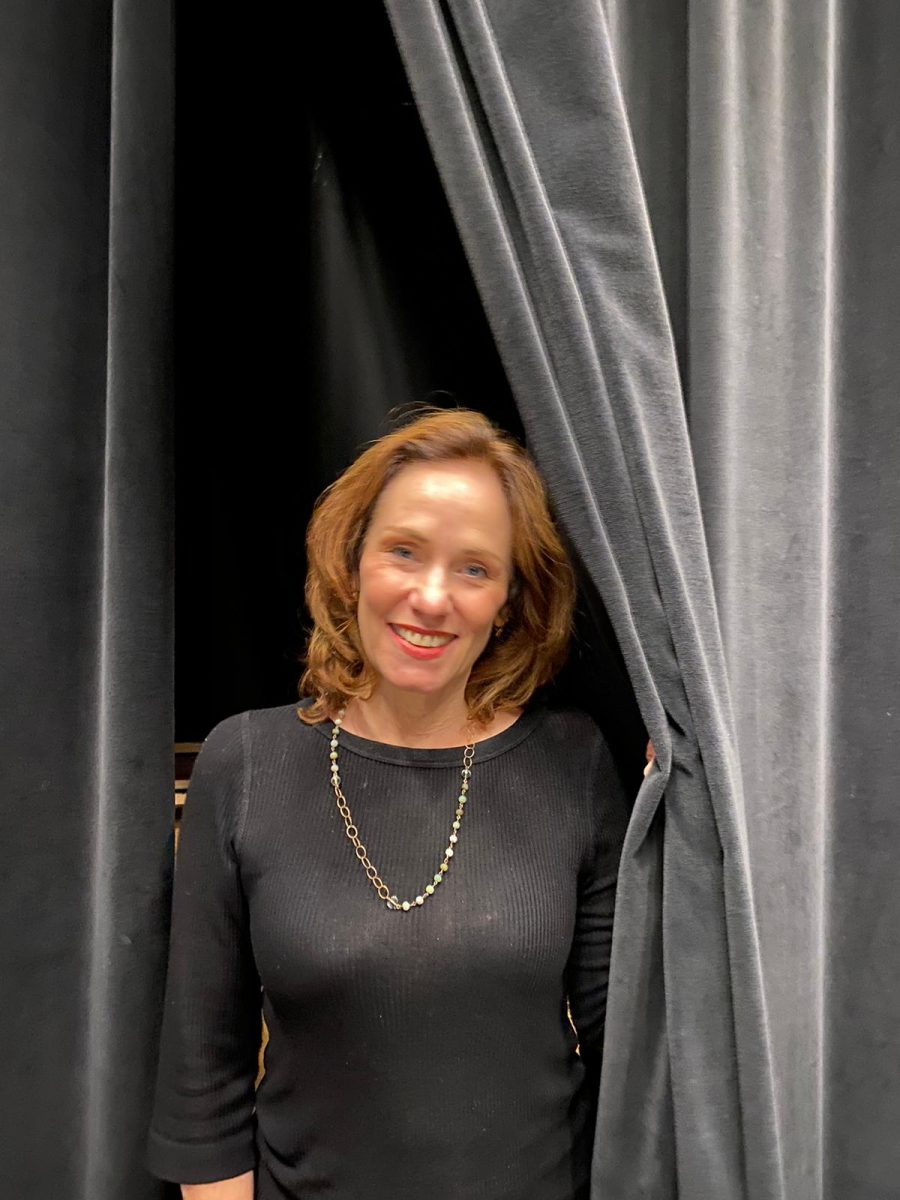In a world where explosions and overly animated acting form the basis of most movie blockbusters, one would expect a silent film such as The Artist* to be an attempt at capturing a glamorous age of Hollywood’s past.
The Artist* is just such an attempt and more – and it also manages to be a blockbuster. In total, Nominated for 10 Academy Awards.including Best Actor, Best Supporting Actress, and Best Picture, most critics believe that it will take home many of these titles. Perhaps most surprisingly, it uses the past to train our eyes differently on the present.
The movie depicts a good-natured yet flashy silent-film actor named George Valentin (Jean Dujardin), who has to deal with the rise of “talkies” – movies with sound. Set in the late 1920’s, he is caught during the economic crash while his job is unstable. One thing leads to another and — well, it would be wrong to ruin the ending.
Importantly, the movie manages to capture all of the emotions that are so overly played by Hollywood nowadays, but without a single explosion, gunfight, computer-animated special effect or even a spoken word. While no one can criticize top movies like Avatar (2009), Titanic (1997), and The Dark Knight (2008), all rely on aspects of the actual movie production, not the raw talent of the actors, or the brilliance of the script.
The Artist*, on the other hand, uses the body language of the actors to portray even the most raw emotions. In one case, when Valentin’s wife is angry at him, she draws uni-brows and mustaches on pictures of him in magazines. Even though she would smile at him, and pretend everything was okay, the audience knew what she felt. In other scenes, the strength of the actors radiates emotions and captivates each person in the room. ß IN THE MOVIE THEATER? UNCLEAR… At several moments, though the screen was silent, the theatre was loud — with all of the audience in unison laughing.
Ironically, Valentin’s love interest, Peggy Miller (Bérénice Bejo), says in the film that silent films are dying out because they rely on the overly dramatic acting of the actors – they don’t have voices to help them portray what’s happening realistically. In the 1920s when The Artist* is set, many would have agreed, although today it’s far from the truth.
Yet today’s big special effects and powerful music are arguably just as artificial as was the overacting required by silent movies. Is it possible this is the message of the film? If so,The Artist* adopts makes a powerful statement for the past, by toning down the theatrics and leting the work of the actors and the overall quality of the film speak for themselves. With neither special effects nor* speech, the actors communicate with their bodies — using facial expressions, body language, even the way they dress — to say more for the characters than most movies do.
Some students may be wary of going to see this movie, wondering whether it was given a lot of praise simply for the novelty of its being a silent film. But The Artist* would even be spectacular if it wasn’t silent; the fact that it was silent made it even cooler.
The Artist* will make you appreciate the quality of films earlier on in history, and help you recognize how far the movie industry has come. A warning though: you might come out of the movie theater a bit disoriented, having become uncharacteristically accustomed to the quietness of the theater.
The real world of today isn’t silent, in film or otherwise.


















